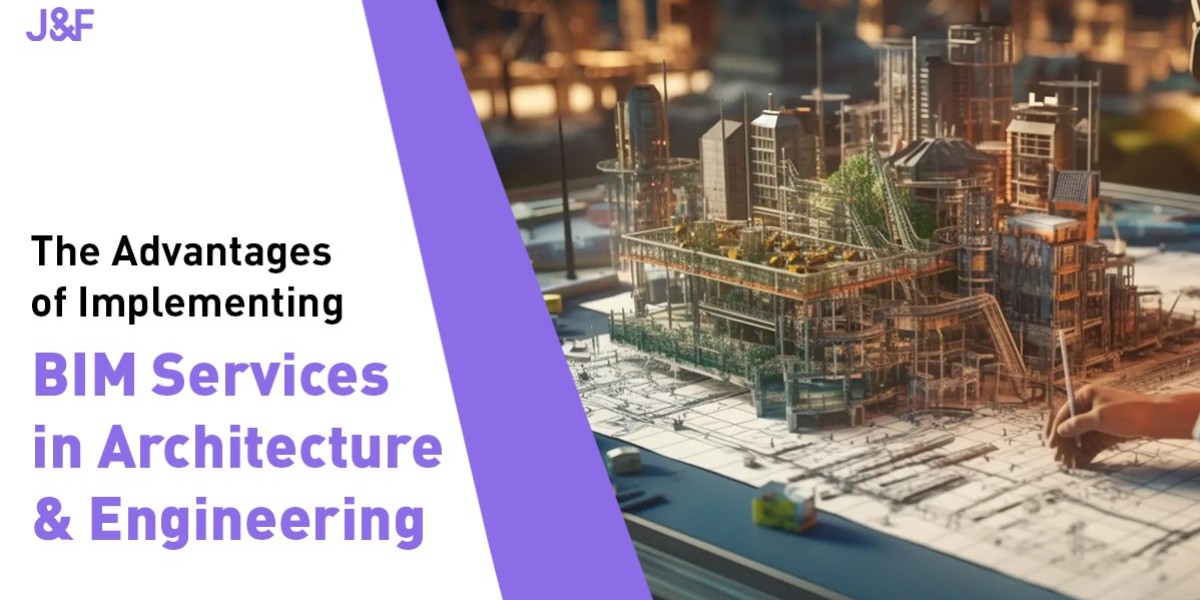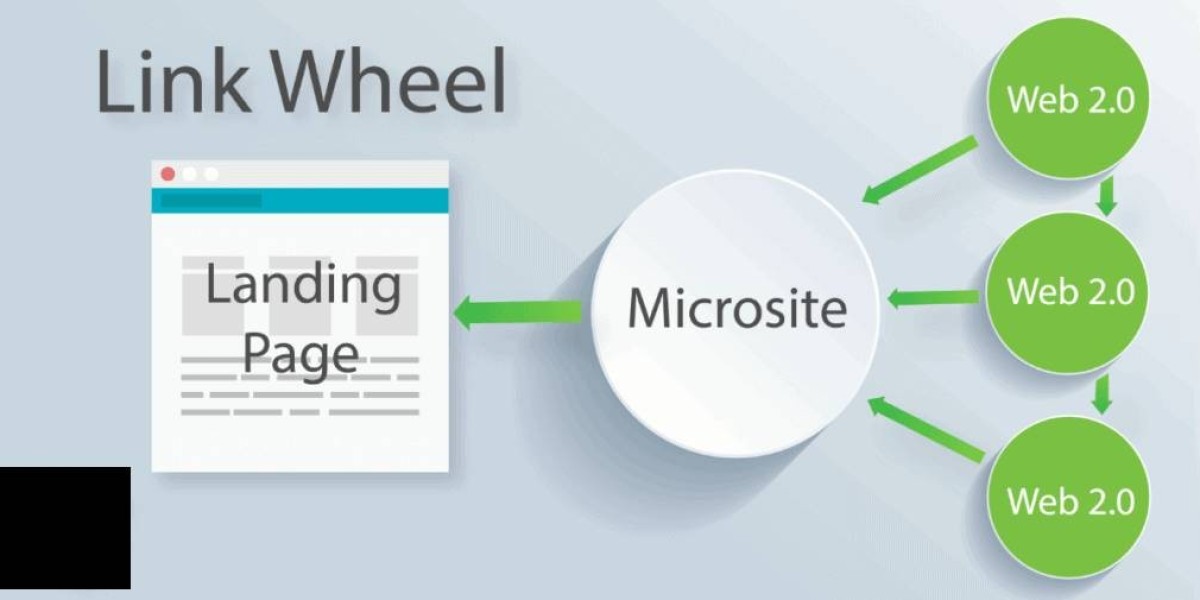The Evolution of Architectural and Engineering Practices
Architecture and engineering have witnessed a significant transformation over the past few decades, shifting from traditional drafting methods to advanced digital solutions. With the increasing complexity of projects, the industry has embraced technology-driven approaches to enhance efficiency and accuracy. Building Information Modeling (BIM) has emerged as a revolutionary tool, reshaping how projects are designed, planned, and executed. BIM services are now an integral part of modern construction, ensuring projects are completed with greater precision and fewer errors. The ability to integrate data across various disciplines makes BIM services a powerful tool for long-term success.
Why BIM Services Are Transforming the Industry
BIM services integrate multidisciplinary project data into a single platform, fostering seamless collaboration among architects, engineers, and contractors. This holistic approach ensures that potential design conflicts are identified early, reducing costly rework and delays. As sustainability and efficiency become key priorities, BIM adoption is proving essential for modern architecture and engineering projects. By streamlining workflows and improving resource allocation, BIM services significantly enhance productivity and operational efficiency. The adaptability of BIM services allows companies to stay ahead in a competitive market by reducing risks and optimizing performance.
Understanding BIM Services in Architecture & Engineering
What is Building Information Modeling (BIM)?
BIM is a digital representation of the physical and functional characteristics of a building. It allows stakeholders to visualize, simulate, and manage construction processes throughout the project lifecycle. By integrating 3D modeling with data-rich information, BIM enhances decision-making and project execution. With the use of BIM services, teams can anticipate challenges, improve project coordination, and streamline the entire construction process. The ability to create detailed digital models ensures accuracy and efficiency in planning, reducing uncertainties during project execution.
The Core Components of BIM Technology
BIM comprises multiple components, including 3D modeling, data management, cloud collaboration, and automation. These elements work together to provide a dynamic and intelligent framework for construction projects. With real-time updates and seamless communication, teams can work more efficiently to meet project goals. The integration of BIM services enables real-time collaboration, enhancing decision-making processes and eliminating delays caused by miscommunication. Through effective data-sharing and automated workflows, BIM services help in maintaining project consistency and quality.
Levels of BIM Adoption: From 3D to 7D
BIM adoption ranges from basic 3D modeling to more advanced 7D applications, including cost estimation, scheduling, sustainability analysis, and facility management. As companies progress in their BIM implementation, they unlock greater benefits such as reduced risks, improved efficiency, and long-term cost savings. With advanced BIM services, businesses can optimize project performance through data-driven insights and predictive analytics. Higher levels of BIM integration also support more efficient asset management and improved operational sustainability.
Key Advantages of BIM Services
Enhanced Collaboration and Coordination
BIM creates a centralized platform where all stakeholders can access real-time project data, improving coordination and reducing errors. This interconnected system ensures that architects, engineers, and contractors work seamlessly together, minimizing miscommunication. The collaborative nature of BIM leads to faster decision-making, improving overall project efficiency. With the implementation of BIM services, project teams can work with greater synergy, ensuring alignment at every stage of construction. The transparency offered by BIM services helps in maintaining accountability and improving project accuracy.
Improved Design Accuracy and Visualization
With BIM, architects and engineers can create highly detailed 3D models that provide better visualization of the final structure. Virtual Reality (VR) and Augmented Reality (AR) technologies further enhance this process by allowing stakeholders to experience a project before construction begins. Clash detection tools within BIM software identify inconsistencies early, reducing costly on-site modifications. BIM services empower professionals to refine designs with precision, reducing errors and optimizing space utilization. The advanced visualization capabilities of BIM services also improve client communication and stakeholder engagement.
Cost and Time Efficiency
BIM optimizes material usage and project scheduling, leading to significant cost savings. By integrating 4D BIM for time management, project teams can foresee potential delays and adjust timelines accordingly. Additionally, the ability to predict and mitigate issues reduces rework and overall project expenses, making construction more financially viable. The cost-effectiveness of BIM services extends beyond construction to facility management, ensuring buildings operate efficiently throughout their lifecycle. Through proactive planning and accurate forecasting, BIM services help in minimizing budget overruns and maximizing return on investment.
Sustainability & Energy Efficiency
BIM enables architects and engineers to incorporate energy-efficient designs, supporting eco-friendly construction practices. Energy performance simulations help in selecting materials and optimizing building orientation to reduce environmental impact. Many green building standards, including LEED certification, rely on BIM data to validate sustainability initiatives. BIM services facilitate sustainable construction by promoting efficient resource utilization and minimizing waste. By incorporating renewable energy assessments and carbon footprint analysis, BIM services contribute to building environmentally responsible structures.
Risk Mitigation and Safety Enhancement
Safety is a top priority in construction, and BIM helps mitigate risks by identifying hazards before they become issues. Digital twin technology allows for advanced site simulations, ensuring compliance with safety regulations. By leveraging predictive analysis, BIM enhances worker safety and minimizes potential legal complications. The ability of BIM services to simulate different construction scenarios helps in proactive risk management. By integrating safety compliance measures into BIM workflows, construction firms can create safer work environments and reduce incidents on-site.
BIM Services Across Different Project Stages
BIM for Pre-Construction: Feasibility & Planning
BIM plays a crucial role in project feasibility and planning by providing detailed site analysis and constructability assessments. By analyzing multiple design scenarios, stakeholders can determine the most efficient approach before breaking ground. This early-stage precision leads to better budget allocation and resource management. BIM services streamline project planning by offering data-driven insights and improving project feasibility analysis. Early-stage BIM implementation helps in reducing uncertainties and aligning project goals with realistic execution strategies.
BIM in Construction: Execution & Monitoring
During construction, BIM enables real-time monitoring of progress, ensuring that the project stays on track. Site managers can use BIM-integrated tools to oversee logistics, track material deliveries, and assess workforce productivity. With drone mapping and IoT sensors, BIM enhances accuracy and keeps project execution aligned with initial plans. The real-time tracking and performance monitoring capabilities of BIM services improve decision-making and resource allocation. By leveraging digital modeling and automated reporting, BIM services enable more efficient construction site management.
BIM for Post-Construction: Facility Management & Maintenance
Post-construction, BIM continues to deliver value through asset management and facility maintenance. Digital models provide comprehensive documentation of building components, aiding facility managers in long-term operations. The integration of AI-driven analytics further optimizes maintenance schedules, ensuring cost-effective building management. BIM services enhance operational efficiency by providing real-time data on asset performance and maintenance requirements. The longevity and performance of buildings can be maximized through predictive maintenance and data-driven facility management using BIM services.
Why J&F India Pvt Ltd Leads in BIM Services
J&F India Pvt Ltd is at the forefront of engineering and construction innovation, delivering cutting-edge BIM solutions that drive efficiency and sustainability. With a proven track record in complex projects, J&F integrates advanced BIM methodologies to enhance design precision and project coordination. Their expertise spans multiple sectors, ensuring tailored solutions that meet diverse industry needs. By leveraging state-of-the-art technology and a team of skilled professionals, J&F provides unparalleled BIM consulting, implementation, and support. Partnering with J&F means access to industry-leading expertise, helping businesses optimize their construction processes and achieve long-term success through BIM services.









